In the recently concluded Ashes (A series of test matches between arch rivals Australia and England), the world witnessed how Australia decimated the latter.
On paper, both teams looked akin with class batsmen and ferocious bowlers on both sides. On the field, however, there was a stark difference visible between the two teams. One wonders why?
Cricket experts and pundits blamed it on the pitch, the weather and even invoked the stress caused due to a hectic schedule, but we don’t think so.
The difference between the 2 teams was not class, but their attitude and body language. At no point are we suggesting that England’s attitude towards the game of cricket is not right. It’s just that in this particular series, the English players looked jaded and overshadowed by their opponents. Their body language suggested they had lost the battle in the middle of the series.
The Australians on the other hand, came out with all guns blazing and gave away no breathing space to the English. They approached every aspect of the game with an attacking and aggressive body language. The English players were so bogged down by the attacking body language that that their performance was deeply affected.
In a cricket game, spectators and players judge how confident a player is on the basis of their body language. How does the batsman walk out to bat? How does he deal with a mistake, and cope with pressure?
A batsman who walks out to bat with his head held low, and tension showing on his brow immediately gives himself away to his opponents – this player is anxious and uncomfortable. In comparison, a player who jogs out from the pavilion shadowing shots, with his head held high, and chest pushed out displays confidence and control.
One key skill for players is to act confidently even if they may not feel that way inside. This influences the perception opponents have about them and hopefully offers a slight advantage. The really interesting thing is that, over time, by acting confident, a player actually begins to think confidently.
A good body language is not restricted to how one approaches the wicket. For example, a good fielder who drops a catch will not throw his cap on the ground or stand with hands on his hips and make a hue and cry about the dropped chance. He will instead forget the incident and go about his activities with a sense of confidence, he might even go up to the bowler and pat his back or even crack a joke. This not only uplifts the mood of the team, but rubs an infectious sense of confidence among his teammates. Suresh Raina is one such instance of a player.
Confident players display good body language when under pressure. It might be a wry smile or a cheeky wink. Good advice to any player entering a pressure situation is to smile. No one ever expects people to smile under pressure, yet alone look like they are actually enjoying it. Secondly, smiling releases feel good hormones in our blood stream making us feel calm and upbeat. And that’s a good place to be!
There are 5 types of body language. Here is how to use each one to your advantage.
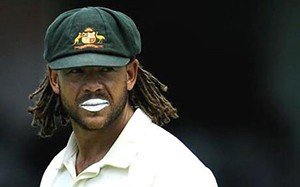 |
Appearance. Everyone makes assumptions about players based on how they look. A tall, strong looking player with an expensive kit and freshly pressed whites is assumed to be a better player for example. You can use this by making sure you look your best at all times. Players also use facial cream to showcase the meaner side of their personaly. Think Andrew Symonds and Shivnarine Chanderpaul. |
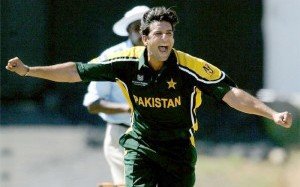 |
Posture. A bowler with his head down and shoulders slumped is a terrible sign for the fielding side. Be aware of your posture and stand tall. Hold your head up and shoulders back even in the midst of disaster. A good example of confidence is Wasim Akram. |
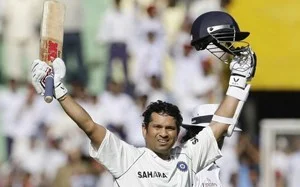 |
Gestures. Cricketer’s hand movements often reveal what they are thinking without realizing it. Some are naturally more expressive and some are better at reading gestures than others.Become a student of hand gestures and you may get an insight into the opposition. |
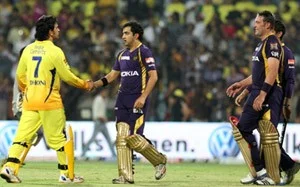 |
Physical Contact. Everything from a handshake to a hug has meaning. Using the right sort of touch can reassure a player or boost their confidence. If you are a captain or senior player, know your team. Some will want no more than a handshake, others need an arm around the shoulder. |
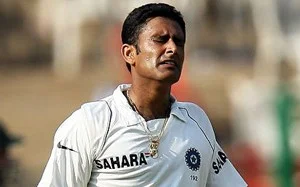 |
Expressions. It’s very hard to hide your facial expressions. When you pick up on your opponent’s expressions, make sure your team knows what’s going on and use it to your advantage. |
Hope you liked our blog on cricketing gestures and body language. Be sure to share, like and comment and do subscribe for updates on the best of Image Consulting.
